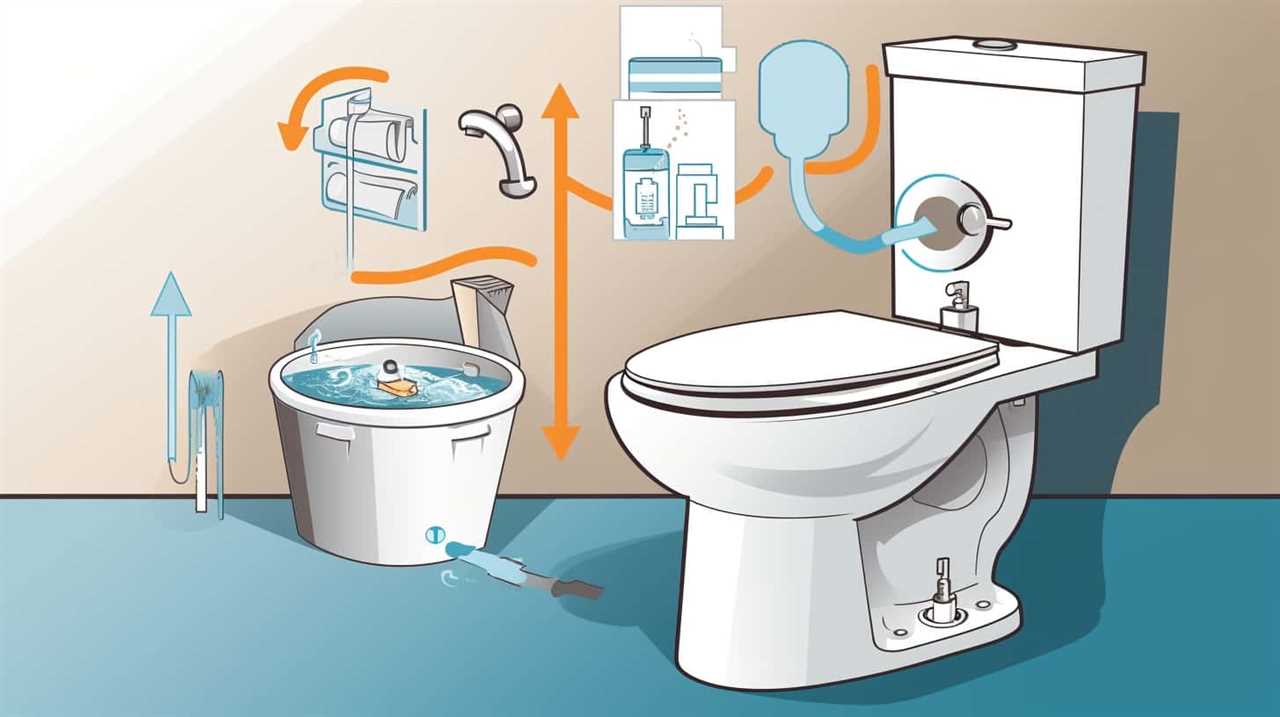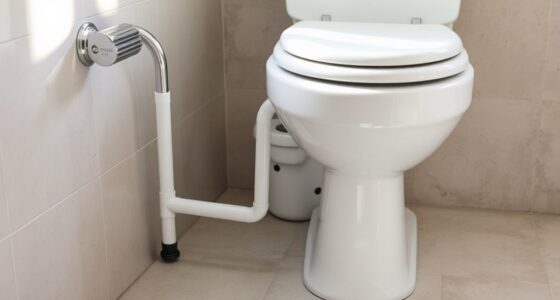We’re all familiar with the phrase ‘a drop in the bucket,’ but have you considered the effects of a small amount of dog feces? It might appear insignificant, but it can have a considerable impact on our water supply.
In this article, we explore the environmental consequences of dog waste and how it can find its way into our water systems. We’ll also discuss the potential risks to water quality and the importance of proper disposal methods.
Join us as we delve into the science behind minimizing dog poop contamination.
Key Takeaways
- Dog waste contaminates water sources and contributes to pollution.
- Rainwater can wash dog waste into storm drains, which then flow into rivers, lakes, and other water bodies.
- Dog waste introduces harmful bacteria and parasites into the water supply, causing illnesses in humans.
- Decomposition of dog waste releases nitrogen and phosphorus, leading to eutrophication and algal blooms.
The Environmental Impact of Dog Waste
The environmental impact of dog waste can be significant, as it contaminates water sources and contributes to pollution. When dog waste is left on the ground, rainwater can wash it into storm drains, which then flow into rivers, lakes, and other water bodies. This contamination can have public health implications, as it introduces harmful bacteria and parasites into the water supply. These pathogens can cause illnesses such as giardiasis and salmonellosis in humans.
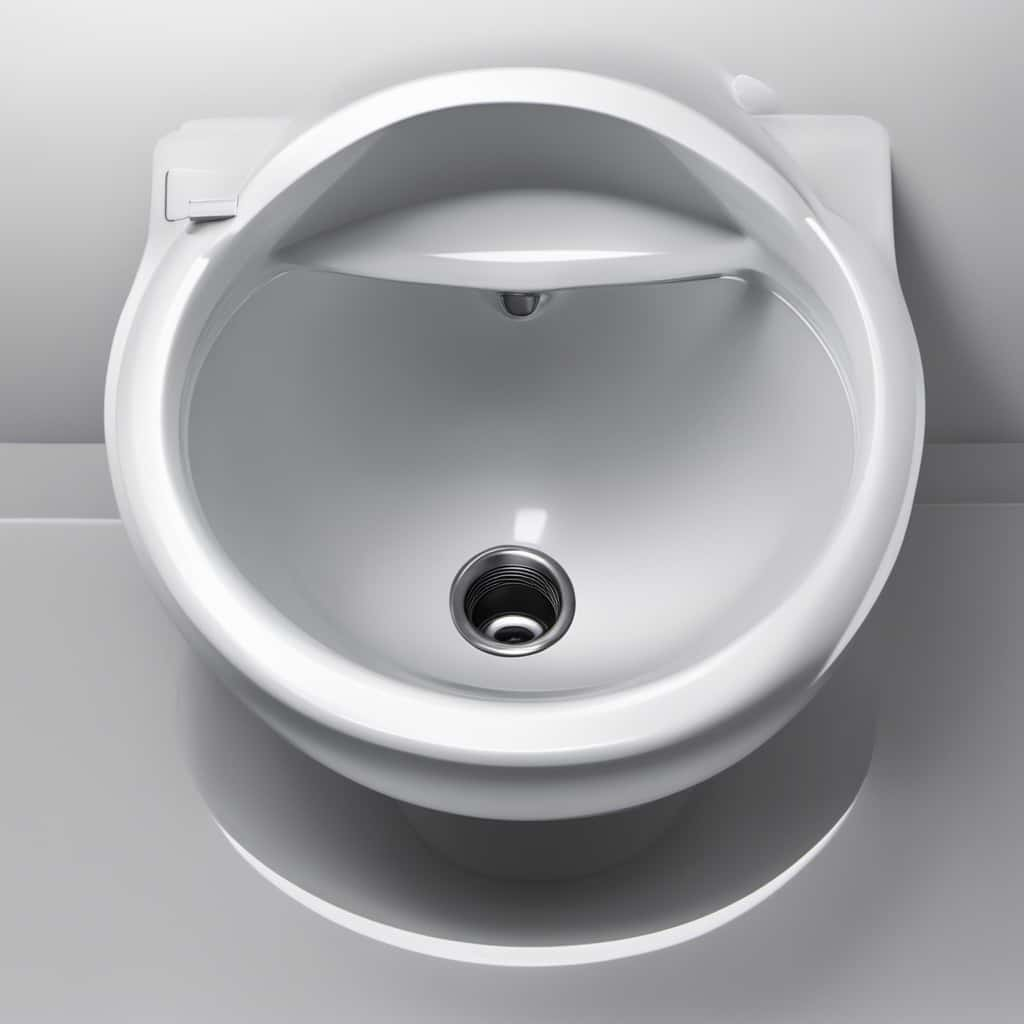
Additionally, the decomposition of dog waste releases nitrogen and phosphorus, which can lead to eutrophication in water bodies, causing algal blooms and depleting oxygen levels. To mitigate these environmental and public health risks, effective municipal waste management practices are crucial.
This includes promoting responsible pet ownership, providing designated dog waste disposal facilities, and implementing regular cleanup and monitoring efforts.
How Dog Poop Can Enter Water Sources
As responsible pet owners, we must understand how dog poop can enter water sources and contribute to contamination. Here are four ways dog waste can infiltrate our water systems:
- Runoff: When it rains, dog poop left on the ground can be washed away by stormwater runoff and end up in nearby streams, rivers, or lakes.
- Direct deposit: If dogs defecate near bodies of water, such as beaches or waterways, the waste can be carried directly into the water by tides or currents.
- Improper disposal: When dog owners fail to pick up their pet’s waste and dispose of it in a trash can, rain or irrigation water can carry the waste into storm drains or gutters, eventually reaching water sources.
- Leaching: In areas with porous soil, such as sandy or gravelly soils, rainwater can cause dog waste to seep into groundwater, potentially contaminating wells and drinking water sources.
Understanding how dog poop can enter water sources is crucial for preventing water pollution and minimizing health hazards.

Now let’s explore the potential risks to water quality.
Potential Risks to Water Quality
To assess the potential risks to water quality, we must consider the impact of dog poop contamination. Dog waste contains harmful bacteria and pathogens that can pose serious health hazards when it contaminates water sources. These contaminants can cause illnesses such as diarrhea, vomiting, and even more severe infections in humans and animals that come into contact with the contaminated water. To ensure the safety of our water supply, it is crucial to implement strategies for water quality monitoring and protection. Regular testing and analysis of water samples can help identify and address any potential contamination issues promptly. Additionally, implementing proper waste management practices, such as responsible pet waste disposal, can significantly reduce the risk of water contamination.
| Health Hazards Associated with Contaminated Water | Strategies for Water Quality Monitoring and Protection |
|---|---|
| – Illnesses such as diarrhea and vomiting | – Regular testing and analysis of water samples |
| – Severe infections in humans and animals | – Prompt identification and addressing of contamination |
| – Potential transmission of harmful bacteria | – Responsible pet waste disposal |
The Importance of Proper Disposal Methods
Proper disposal methods for dog poop are essential to prevent water contamination. When dog waste isn’t disposed of properly, it can pose significant risks to public health and the environment. Here are four reasons why proper disposal methods are crucial:
- Public health concerns: Dog feces can contain harmful bacteria and parasites, such as E. coli and roundworms. If these contaminants make their way into water sources, they can cause waterborne illnesses in humans and animals.
- Legal implications: Many municipalities have laws in place that require pet owners to clean up after their dogs and properly dispose of their waste. Failure to comply with these laws can result in fines and penalties.
- Environmental impact: When dog poop is left on the ground, rainwater can wash the waste into storm drains or nearby bodies of water. This can lead to nutrient pollution, algae blooms, and negative impacts on aquatic ecosystems.
- Responsible pet ownership: Properly disposing of dog waste is a fundamental part of being a responsible pet owner. By cleaning up after our dogs, we contribute to a cleaner and healthier environment for everyone.
It is crucial that pet owners understand the importance of proper disposal methods and take the necessary actions to prevent water contamination and protect public health.
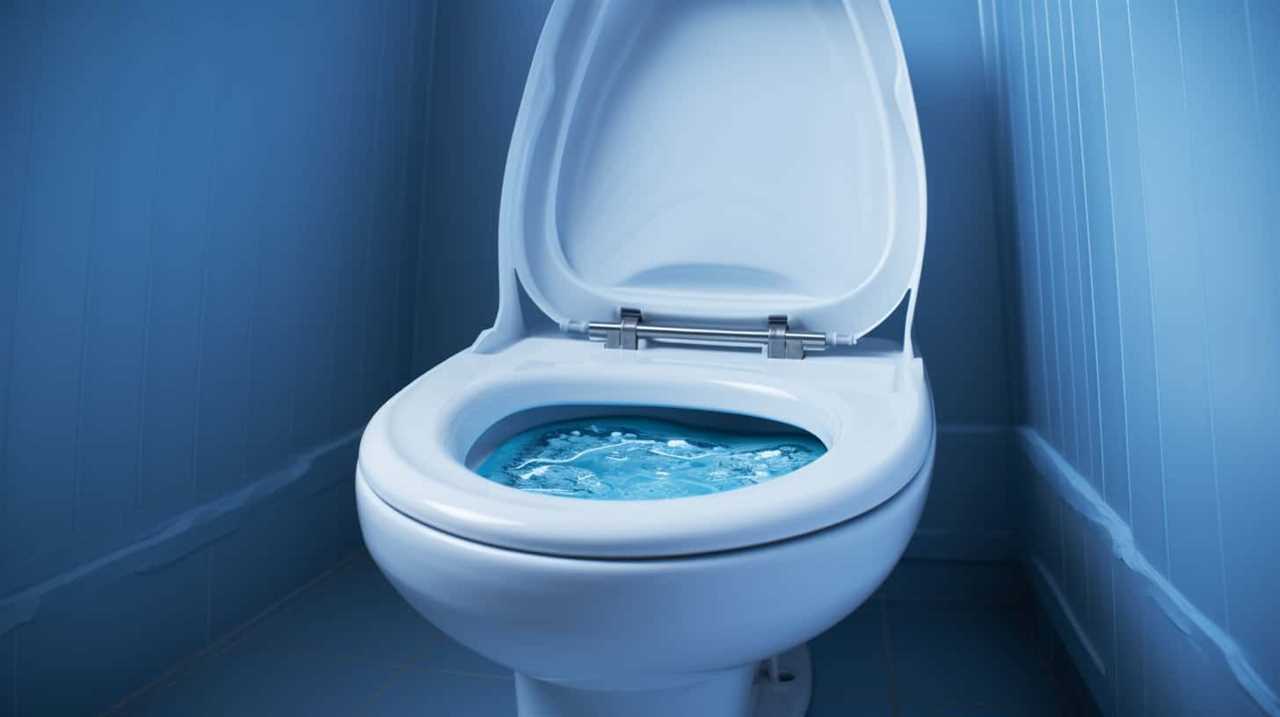
Steps to Minimize Dog Poop Contamination
To minimize dog poop contamination, we can start by implementing responsible waste disposal practices. Proper dog poop disposal is essential to prevent the contamination of water sources.
One eco-friendly alternative is to use biodegradable dog waste bags. These bags are made from materials that break down naturally over time, reducing their impact on the environment.
Another option is to compost dog waste in a dedicated composting system. However, it’s important to note that dog waste should never be used in regular compost piles or vegetable gardens.
Additionally, pet owners can consider flushing dog poop down the toilet, as long as they use septic-safe flushable bags.

It’s crucial to remember that dog waste contains harmful bacteria and parasites, so it’s essential to handle and dispose of it properly to protect water sources and public health.
Frequently Asked Questions
Are There Any Health Risks Associated With Dog Waste Contaminating Water Sources?
Dog waste poses serious health risks and has a significant environmental impact. It can contaminate water sources, leading to the spread of harmful bacteria and diseases. Proper disposal and regular cleaning are essential for maintaining public health and protecting our environment.
What Are the Most Common Waterborne Diseases That Can Result From Dog Poop Contamination?
Waterborne diseases resulting from dog poop contamination include giardiasis, cryptosporidiosis, and leptospirosis. Proper dog waste disposal methods, such as picking up after our pets and disposing of it in designated areas, are crucial in preventing these diseases from spreading.
Can Dog Waste Affect the Taste or Smell of Drinking Water?
Yes, dog waste can affect the taste and smell of drinking water. Water filtration technologies can remove contaminants from dog waste, but climate change can increase the spread of waterborne diseases from this contamination.
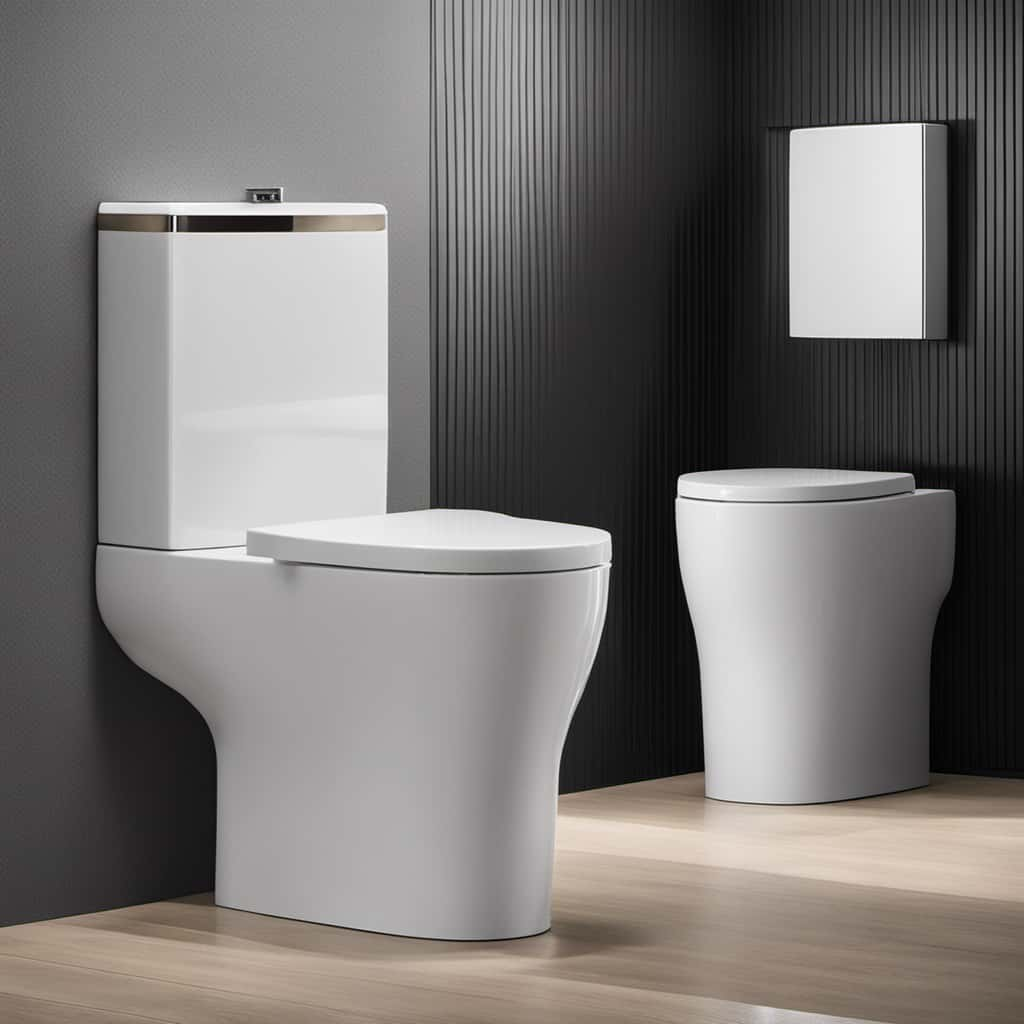
Are There Any Regulations or Laws in Place to Prevent Dog Waste Contamination of Water Sources?
Are there regulations or laws to prevent dog waste contamination of water sources? We need to ensure that prevention measures are in place to protect our water from this potential source of contamination.
What Are Some Alternative Disposal Methods for Dog Waste That Can Help Minimize Contamination of Water Sources?
Composting dog waste and using biodegradable bags are effective disposal methods that minimize contamination of water sources. These alternatives help break down the waste naturally and reduce the risk of pollutants entering our water systems.
Conclusion
In conclusion, it’s imperative to acknowledge the potential environmental impact of dog waste on water sources. The presence of dog poop can introduce harmful bacteria and pollutants into our water systems, posing risks to water quality and public health.
Therefore, ensuring proper disposal methods and taking steps to minimize dog poop contamination is vital in preserving the cleanliness and safety of our water resources.
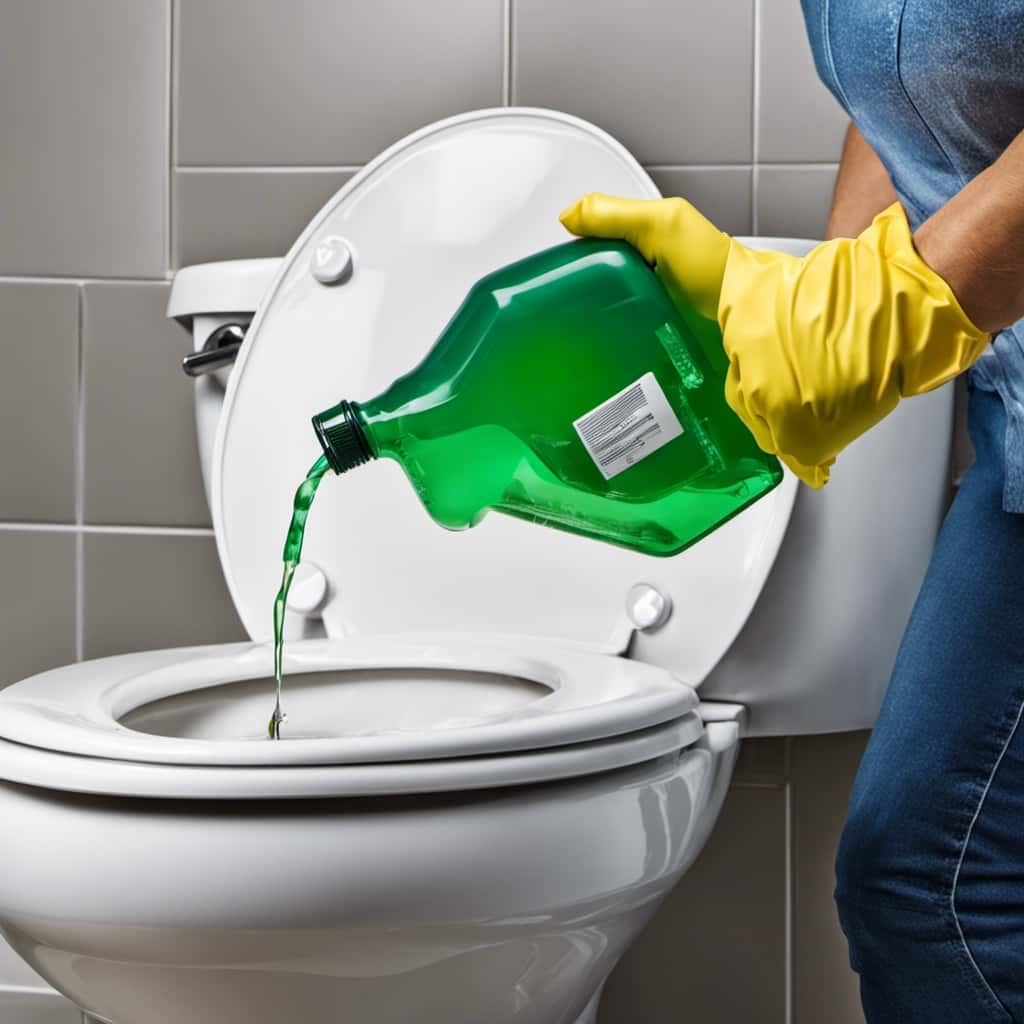
Let’s be mindful stewards of our environment and keep our waters ‘sparkling clean.’




